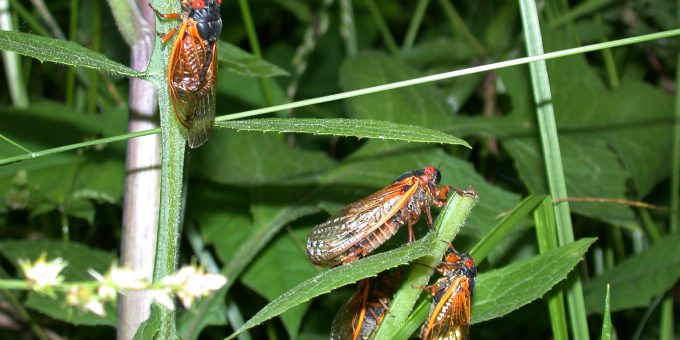
UNDATED – They will appear in the last part of May and during June. The male’s incessant cadence of high-pitched, shrill sounds will announce their presence. Only the males make this noise.
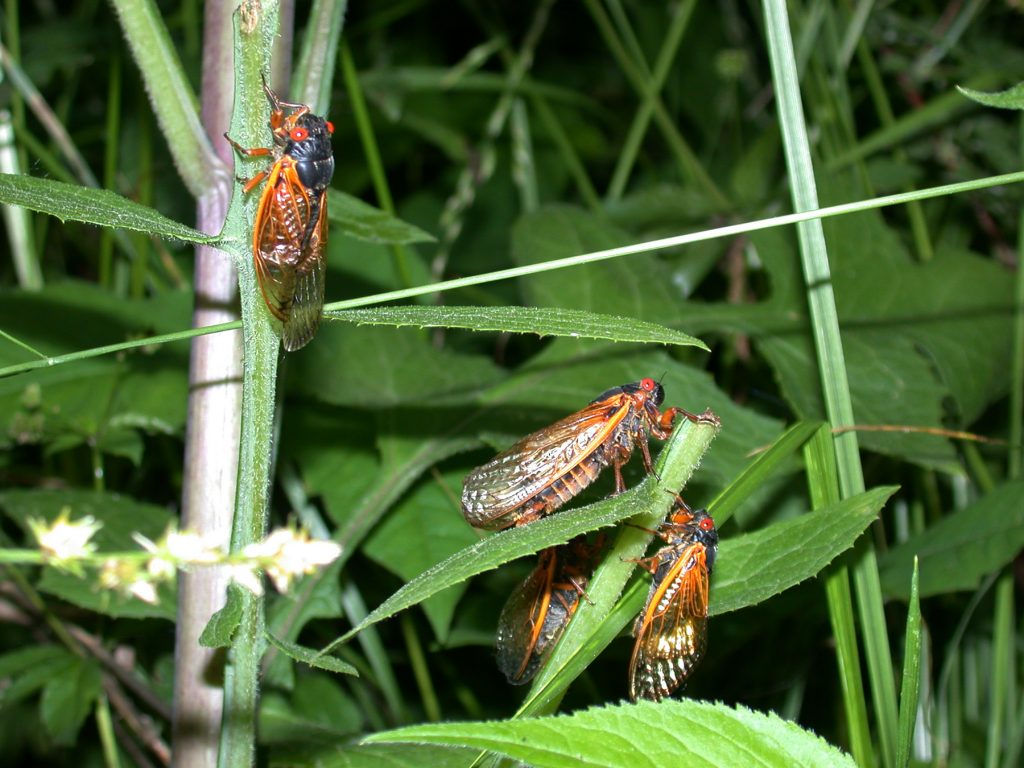
They appear every 13 to 17 years depending upon the brood. The nymphs will crawl out of the ground and up tree trunks, posts, and other objects to shed their shell and emerge as winged cicadas.
The adults will live for about a month. During this time they mate.
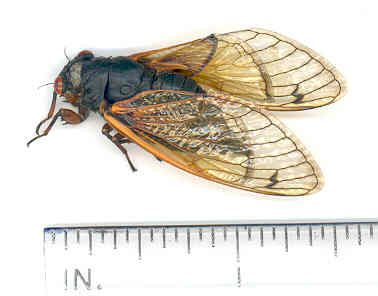
The females who have a knife-like organ will slit or puncture twigs of woody plants in which she lays around 400 to 600 eggs. In about 6 weeks, the eggs hatch, and the nymphs drop to the ground, dig into the soil, and feed by sucking sap from tree roots.
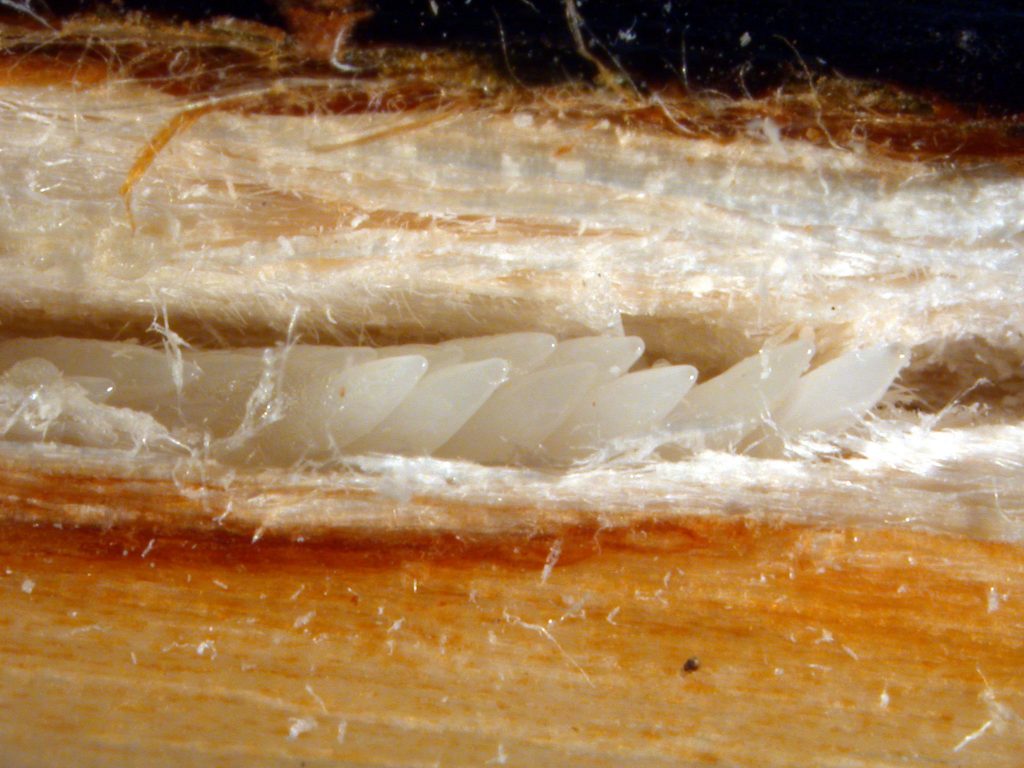
The highest concentration of cicadas will be in south-central counties including Lawrence County.
The cicadas last emerged in the summer of 2004 and won’t return again until 2038.
| TABLE 1. WHEN AND WHERE IN INDIANA THE 17-YEAR AND 13-YEAR CICADAS WILL APPEAR. |
|---|
| Brood Number | Race | Year to Appear | Where They Will Appear |
|---|---|---|---|
| VI | 17-year | 2034 | Reported in all Indiana counties in 2017, but may be a “shadow brood” of brood X. |
| X | 17-year | 2021 | In all counties, but heaviest in south-central Indiana; largest of the 17-year broods. |
| XII | 17-year | 2023 | Allen and Orange counties; scarce in Indiana. |
| XIII | 17-year | 2024 | Lake, LaPorte, and Porter counties. |
| XIV | 17-year | 2025 | 40 counties, but heaviest in southwestern Indiana; dense swarms expected in Brown and Warrick. |
| XIX | 13-year | 2024 | 8 western counties, from Posey and Warrick on the south to Newton and Jasper on the north. |
| XXIII | 13-year | 2028 | 21 counties mostly in southwestern Indiana, with Fountain, Tippecanoe, and Fayette the northern limits. |
While some people consider the mass emergence of cicadas one of nature’s many wonders, others find it a nuisance. In urban areas, heavy infestations can make the sidewalks and roads slick with dead insect carcasses. In fruit orchards and nurseries, cicadas can seriously damage young trees whose main stems and branches are between 3/16” and 7/16” diameter.
When possible, avoid planting new trees in the fall before or during the spring that cicadas will emerge. This could be especially helpful in fruit orchards or woody plant nurseries. Also, delay pruning until the cicadas have disappeared. The injured branches can then be removed after cicadas have stopped flying.
Small trees and shrubs (<10’ tall) can be protected by covering them with no larger than 1/2” mesh screening for the 6-weeks that adult cicadas are present. In most cases, with the exception of densely planted orchards or nurseries, netting is more cost effective than spraying insecticides.
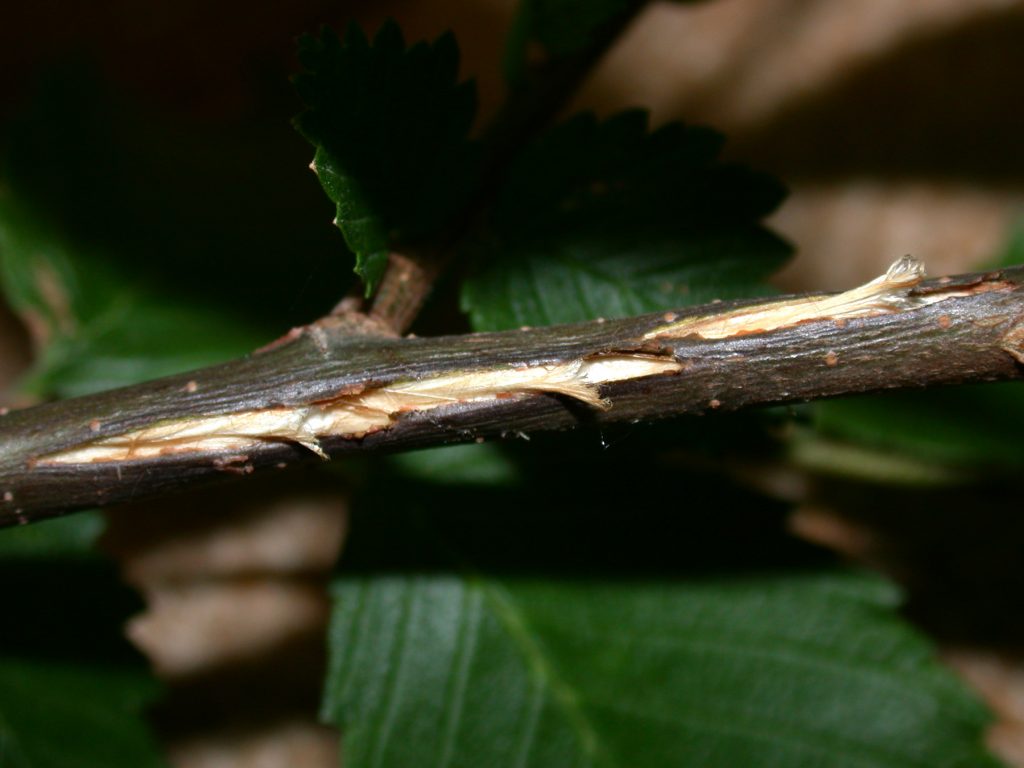
There are many natural enemies of cicadas. Birds, and squirrels will feast on cicadas during a mass emergence. However, the large number of cicadas are likely to outstrip the capacity of these animals to control the problem.
Although not as effective as netting, applications of pesticides during adult flight can substantially reduce injury to small trees.
Pesticides are not recommended to protect large trees. If you choose to use pesticides to protect your small trees, you will need to apply them every 3-4 days to prevent injury or every 7-10 days to reduce injury. The labeled pesticides will kill beneficial insects and likely result in a spider mite problem that will need to be managed for the rest of the season.
Several insecticides can be used by homeowners to protect ornamental and fruit trees, and shrubs. Their active ingredients (commonly available product names) are as follows:
- Zeta-cypermethrin (GardenTech Sevin)
- Gamma-cyhalothrin (Spectracide Triazicide for Lawns and Landscapes Concentrate)
- Permethrin (Bonide Eight)
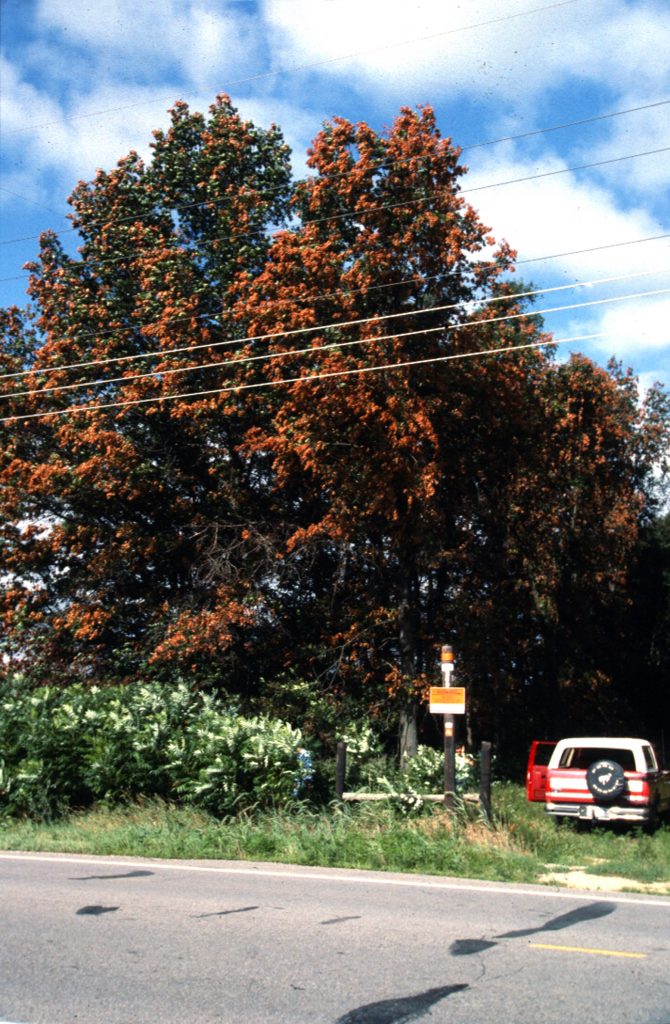
Photo credit: J. Obermeyer



